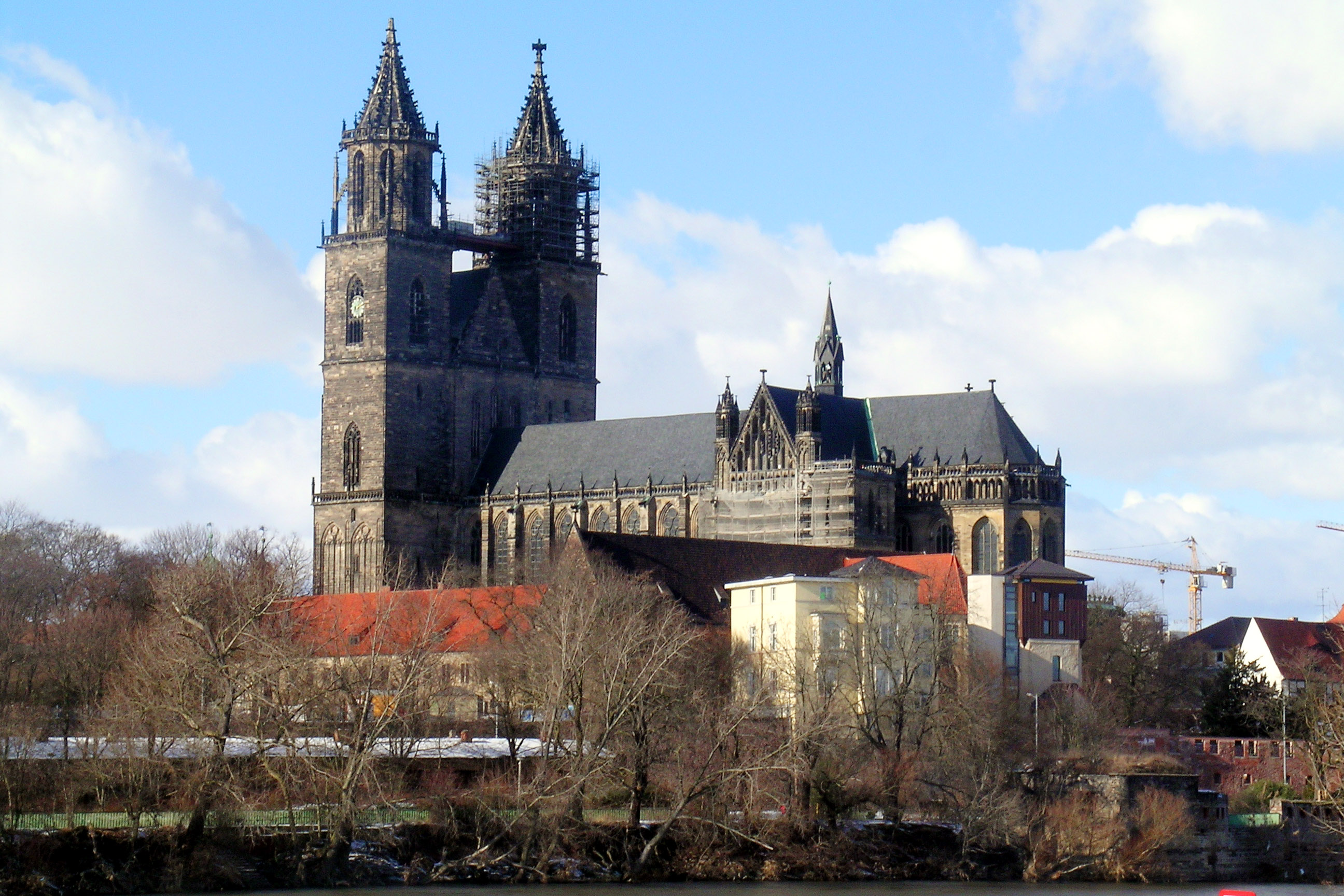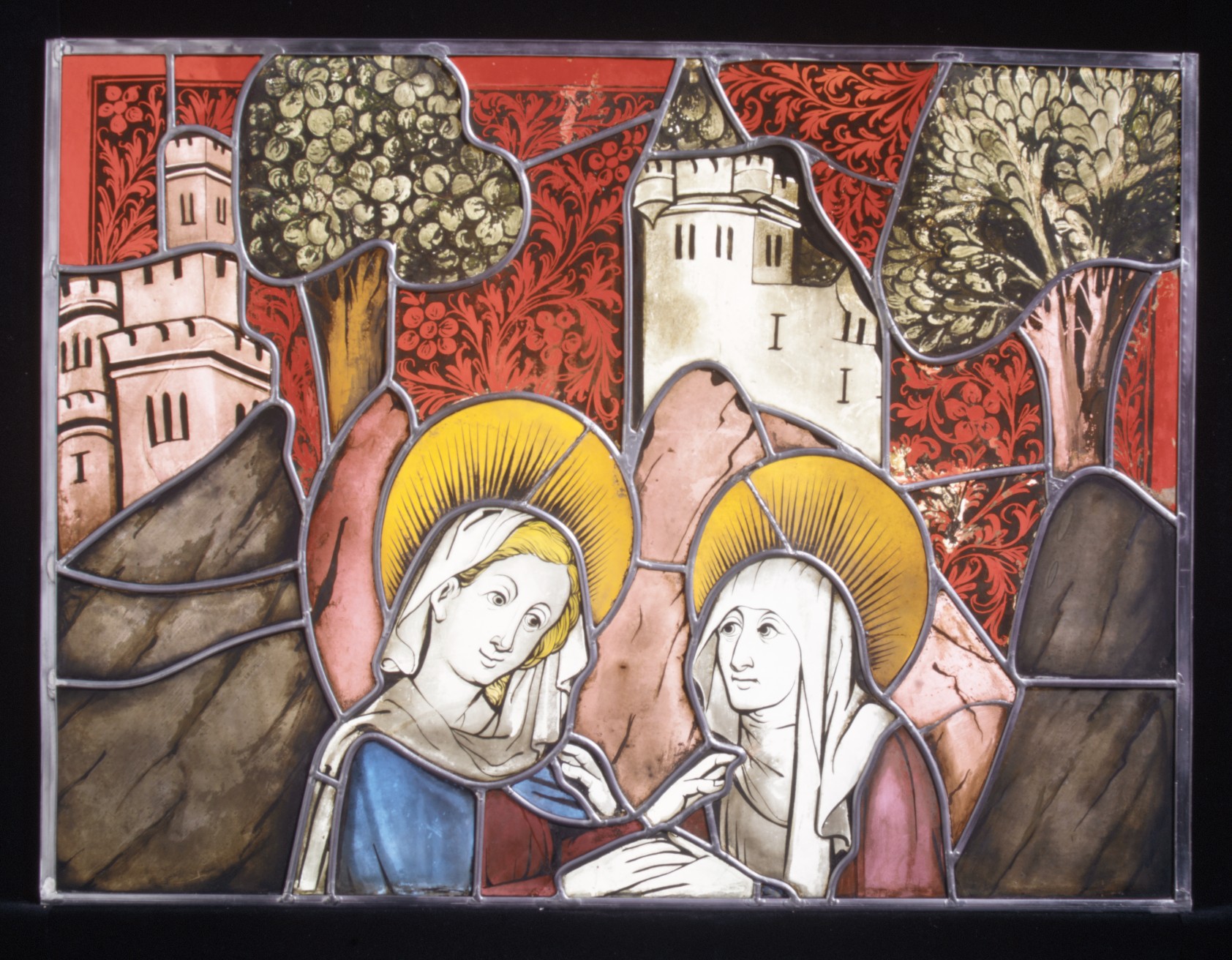|
Pechüle
Pechüle is an old village in Brandenburg, Germany, part of the village of Bardenitz, which itself belongs since 2003 to the administrative district of the town of Treuenbrietzen. Pechüle was first mentioned in writing in the year 1225 as ''Pechule''.Märkische Oderzeitung, August 26/27, 2006, p. 11. In German. A property of the Zinna Abbey,Engeser, T.; Stehr, K: Pechüle (Ev. Dorfkirche)', 2003. In German. URL last accessed 2008-02-27. it passed to the possessions of the Archbishop of Magdeburg when the abbey was dissolved in 1554. In 1680, the village became part of Brandenburg. In the course of the administrative reforms in Brandenburg since the 1990s, Bardenitz became part of the town of Treuenbrietzen on December 31, 2002.Gebiets- und Namensänderungen im Land Brandenburg 1991 bis 2004' Beitrag #16, Department for Statistics, Berlin-Brandenburgp. 68 In German. URL last accessed 2008-02-27. The nave The nave () is the central part of a church, stretching ... [...More Info...] [...Related Items...] OR: [Wikipedia] [Google] [Baidu] |
Treuenbrietzen
Treuenbrietzen () is a town in the Potsdam-Mittelmark district of Brandenburg, Germany. Geography The municipality Treuenbrietzen is situated 32 km northeast of Wittenberg and includes the localities * city of Treuenbrietzen with its agglomerated suburbs ''Lüdendorf'' and ''Tiefenbrunnen'' * ''Bardenitz'' with ''Klausdorf'' and ''Pechüle'' * ''Brachwitz'' * ''Dietersdorf'' * ''Feldheim'' with ''Schwabeck'' * ''Frohnsdorf'' * ''Lobbese'' with ''Pflügkuff'' and ''Zeuden'' * ''Lühsdorf'' * ''Marzahna'' with ''Schmögelsdorf'' * ''Niebel'' * ''Niebelhorst'' * ''Rietz'' with ''Neu-Rietz'', ''Rietz-Ausbau'' and ''Rietz-Bucht'' History The town has existed since the Middle Ages and the first written evidence about it is from 1217. From 1348 to 1350 the town remained loyal to the Wittelsbach Louis V, Duke of Bavaria, Louis V, the legitimate Margrave of Brandenburg since 1323, against the revolt of the False Waldemar. This event was the origin of the town's name, "true" or "fait ... [...More Info...] [...Related Items...] OR: [Wikipedia] [Google] [Baidu] |
Brandenburg
Brandenburg, officially the State of Brandenburg, is a States of Germany, state in northeastern Germany. Brandenburg borders Poland and the states of Berlin, Mecklenburg-Vorpommern, Lower Saxony, Saxony-Anhalt, and Saxony. It is the List of German states by area, fifth-largest German state by area and the List of German states by population, tenth-most populous, with 2.5 million residents. Potsdam is the state capital and largest city. Other major towns are Cottbus, Brandenburg an der Havel and Frankfurt (Oder). Brandenburg surrounds the national capital and city-state of Berlin. Together they form the Berlin/Brandenburg Metropolitan Region, the third-largest Metropolitan regions in Germany, metropolitan area in Germany. There was Fusion of Berlin and Brandenburg#1996 fusion attempt, an unsuccessful attempt to unify both states in 1996, however the states still cooperate on many matters. Brandenburg originated in the Northern March in the 900s AD, from areas conquered from the ... [...More Info...] [...Related Items...] OR: [Wikipedia] [Google] [Baidu] |
Germany
Germany, officially the Federal Republic of Germany, is a country in Central Europe. It lies between the Baltic Sea and the North Sea to the north and the Alps to the south. Its sixteen States of Germany, constituent states have a total population of over 84 million in an area of , making it the most populous member state of the European Union. It borders Denmark to the north, Poland and the Czech Republic to the east, Austria and Switzerland to the south, and France, Luxembourg, Belgium, and the Netherlands to the west. The Capital of Germany, nation's capital and List of cities in Germany by population, most populous city is Berlin and its main financial centre is Frankfurt; the largest urban area is the Ruhr. Settlement in the territory of modern Germany began in the Lower Paleolithic, with various tribes inhabiting it from the Neolithic onward, chiefly the Celts. Various Germanic peoples, Germanic tribes have inhabited the northern parts of modern Germany since classical ... [...More Info...] [...Related Items...] OR: [Wikipedia] [Google] [Baidu] |
Zinna Abbey
Zinna Abbey () is a former Cistercians, Cistercian monastery, the site of which is now occupied by a village also called Kloster Zinna, today part of Jüterbog in Brandenburg, Germany, about south of Berlin. The village was established by Frederick II of Prussia as a village for weavers. Cistercians The abbey was founded in about 1170 by Wichmann von Seeburg, the Archbishopric of Magdeburg, Archbishop of Magdeburg, after his troops had conquered the former Polabian Slavs, Slavic territory. It possibly was meant for preventing the territorial expansion southwards of the House of Ascania, Ascanian lords of nearby Luckenwalde, descendants of Albert the Bear. The monastery was built on the northern rim of the Fläming hill range in the marshes of the Nuthe river by Cistercian monks, descending from the monastery on the site of Burg Berge, otherwise Altenberg Abbey, in the Berg (state), County of Berg near Cologne. With huge effort they drained the land and turned it into productive ... [...More Info...] [...Related Items...] OR: [Wikipedia] [Google] [Baidu] |
Archbishop Of Magdeburg
The Archbishopric of Magdeburg was a Latin Catholic archdiocese (969–1552) and Prince-Archbishopric (1180–1680) of the Holy Roman Empire centered on the city of Magdeburg on the Elbe River. Planned since 955 and established in 967, the archdiocese had de facto turned void since 1557, when the last papally confirmed prince-archbishop, the Lutheran Sigismund of Brandenburg came of age and ascended to the see. All his successors were only administrators of the prince-archbishopric and Lutheran too, except the Catholic cleric Leopold William of Austria (1631–1635). In ecclesiastical respect the remaining Catholics and their parishes and abbeys in the former archdiocese were put under supervision of the Archdiocese of Cologne in 1648 and under the jurisdiction of the Apostolic Vicariate of the Northern Missions in 1670. In political respect the ''Erzstift'', the archiepiscopal and capitular temporalities, had gained imperial immediacy as a prince-archbishopric in 1180. Its ... [...More Info...] [...Related Items...] OR: [Wikipedia] [Google] [Baidu] |
Nave
The nave () is the central part of a church, stretching from the (normally western) main entrance or rear wall, to the transepts, or in a church without transepts, to the chancel. When a church contains side aisles, as in a basilica-type building, the strict definition of the term "nave" is restricted to the central aisle. In a broader, more colloquial sense, the nave includes all areas available for the lay worshippers, including the side-aisles and transepts.Cram, Ralph Adams Nave The Catholic Encyclopedia. Vol. 10. New York: Robert Appleton Company, 1911. Accessed 13 July 2018 Either way, the nave is distinct from the area reserved for the choir and clergy. Description The nave extends from the entry—which may have a separate vestibule (the narthex)—to the chancel and may be flanked by lower side-aisles separated from the nave by an arcade. If the aisles are high and of a width comparable to the central nave, the structure is sometimes said to have three nave ... [...More Info...] [...Related Items...] OR: [Wikipedia] [Google] [Baidu] |
Gothic Art
Gothic art was a style of medieval art that developed in Northern France out of Romanesque art in the 12th century, led by the concurrent development of Gothic architecture. It spread to all of Western Europe, and much of Northern Europe, Northern, Southern Europe, Southern and Central Europe, never quite effacing more classical styles in Italy. In the late 14th century, the sophisticated court style of International Gothic developed, which continued to evolve until the late 15th century. In many areas, especially Germany, Late Gothic art continued well into the 16th century, before being subsumed into Renaissance art. Primary media in the Gothic period included sculpture, panel painting, stained glass, fresco and illuminated manuscripts. The easily recognisable shifts in architecture from Romanesque to Gothic, and Gothic to Renaissance styles, are typically used to define the periods in art in all media, although in many ways figurative art developed at a different pace. The ear ... [...More Info...] [...Related Items...] OR: [Wikipedia] [Google] [Baidu] |



